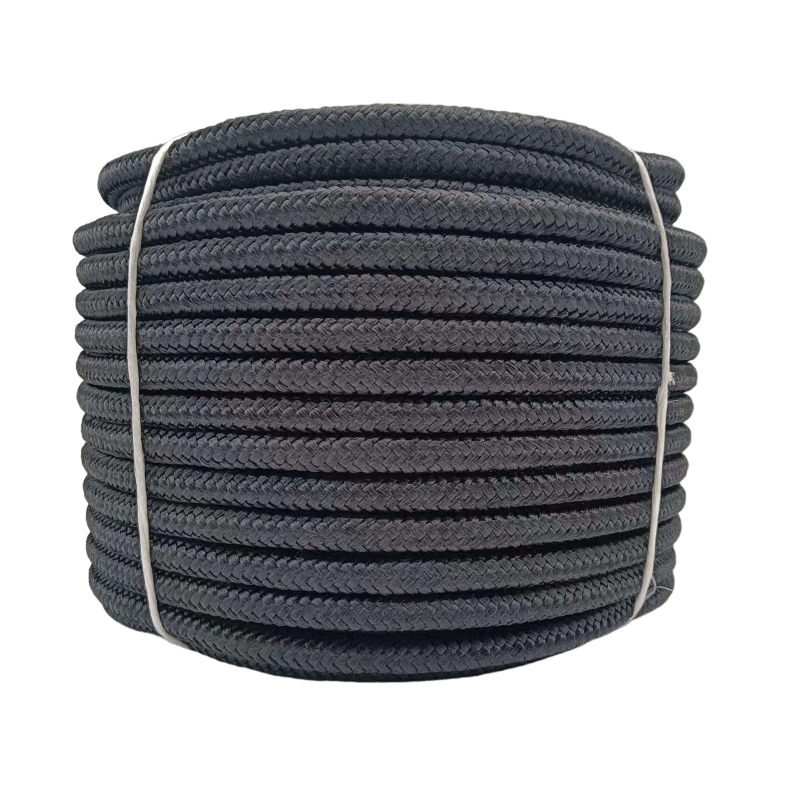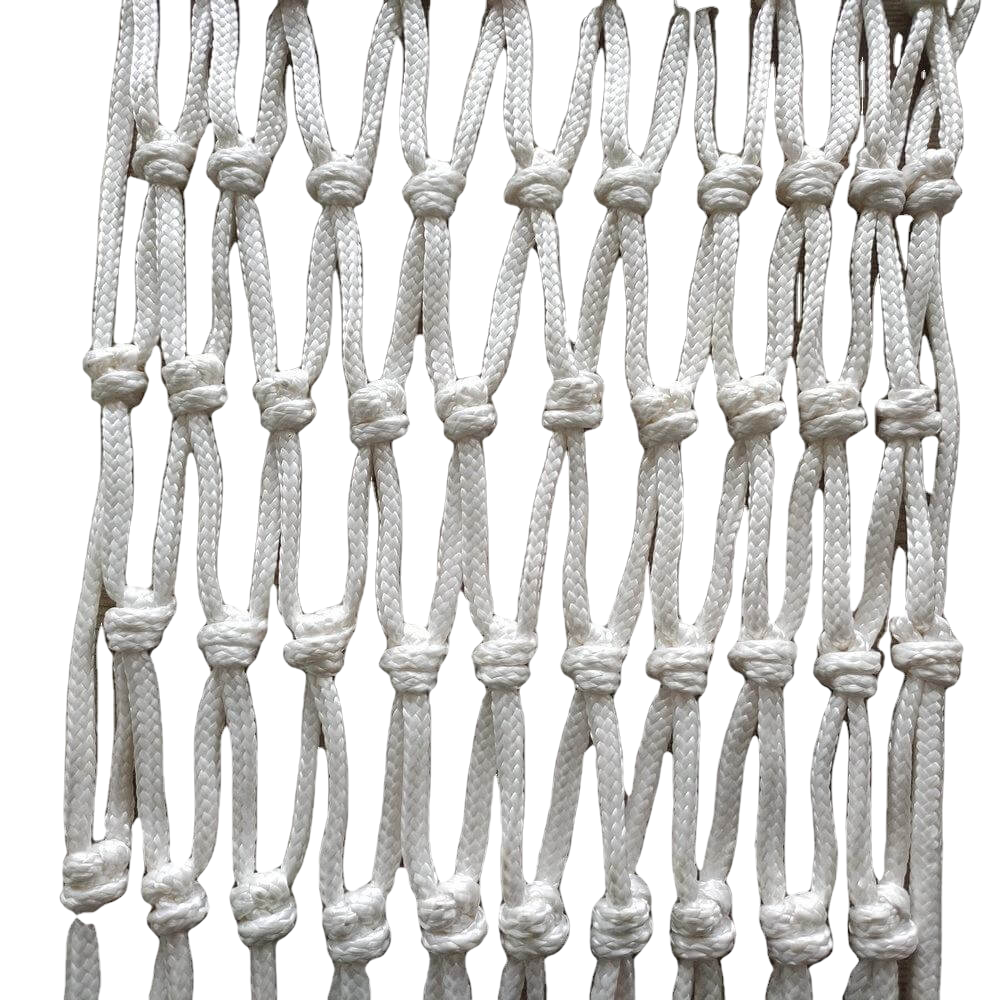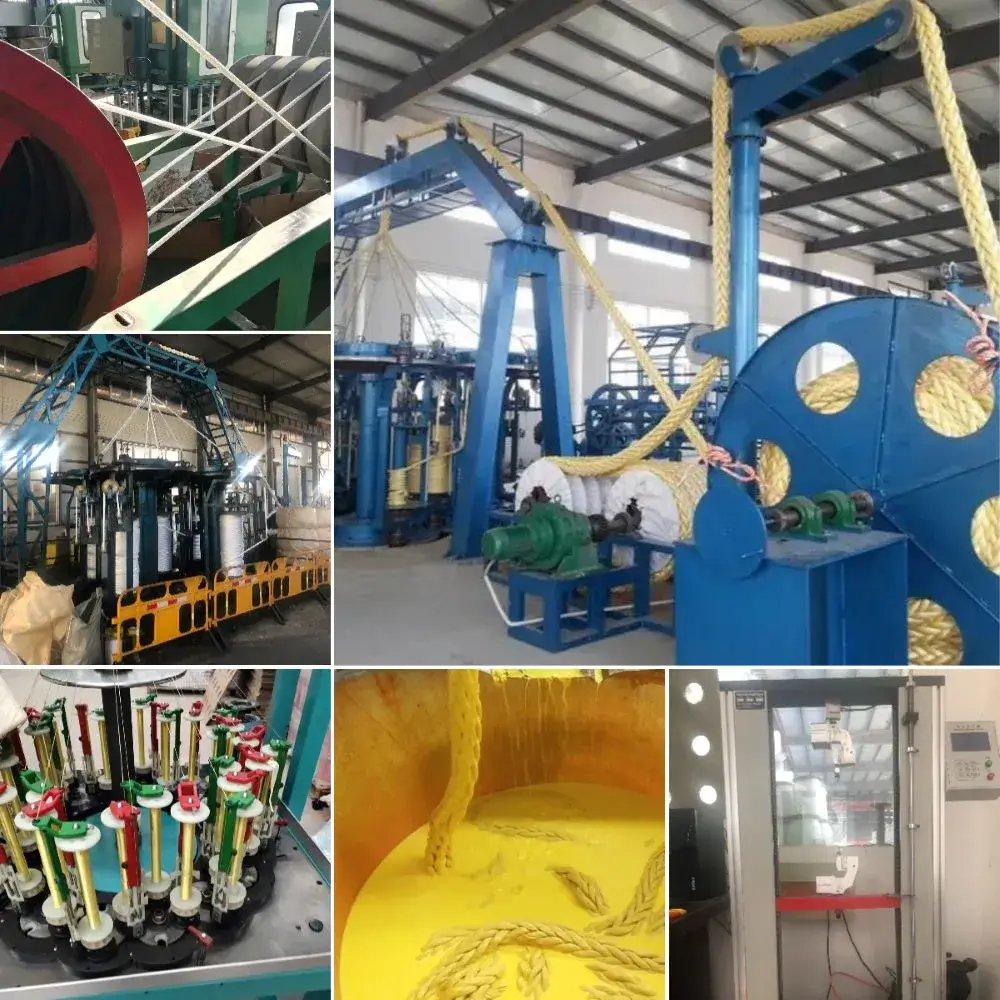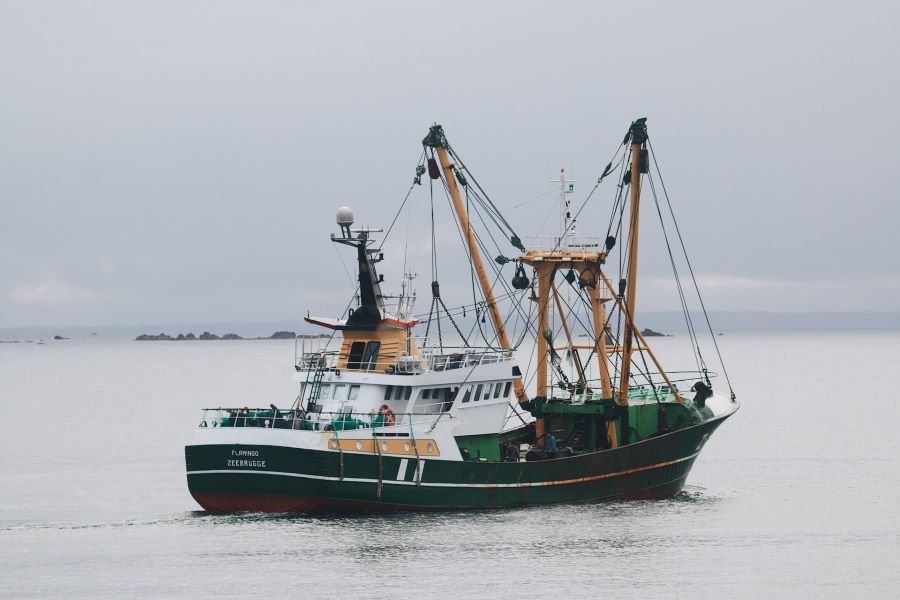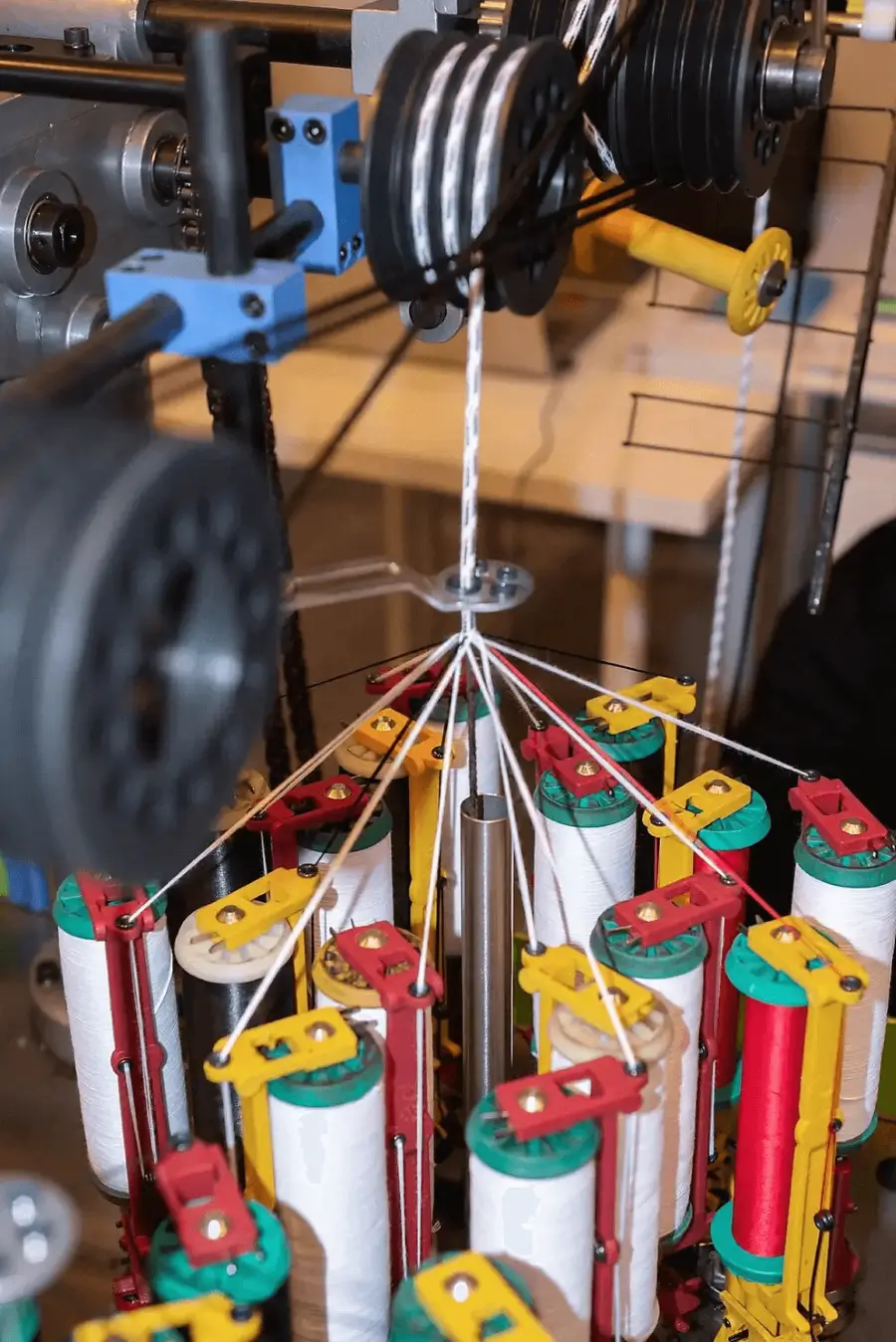PÊCHE
Page d'accueil » Industries » pêche
PÊCHE
FOURNISSEUR DE CORDES ET DE FILETS SYNTHÉTIQUES
Nous proposons une vaste sélection de cordes et filets synthétiques haut de gamme, adaptés au secteur de la pêche. Nos produits phares incluent des lignes de pêche durables, des chaluts, des cordes d'ancrage synthétiques, des palangres et des cordes de pêche en UHMWPE.
Nous fabriquons et fournissons également d'autres articles indispensables pour répondre à vos besoins de pêche, tels que des raccommodeurs de filets, des lignes de flotteurs, des cordes de senne coulissante et divers accessoires pour votre matériel de pêche. Faites confiance à notre expertise pour tous vos besoins de pêche.
Produits les plus vendus
La cage d'élevage de poissons, également connue sous le nom de cage en filet d'aquaculture, est fabriquée à partir de fibres synthétiques UHMWPE
Solide, léger et peu extensible, offrant une sensibilité accrue pour des taux de capture optimaux.
Léger, solide, durable, résistant à l'abrasion, optimal pour les prises à haut rendement
comment faire
Découvrez notre processus de production de cordes de pêche haute performance.
Processus 1
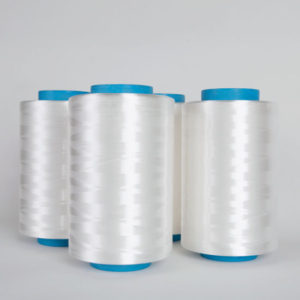
sélection de fibres
Nous sélectionnons soigneusement des fibres synthétiques de haute qualité, telles que le nylon, le polyester ou l'UHMWPE, à utiliser dans nos cordes, garantissant résistance et durabilité.
Processus 2
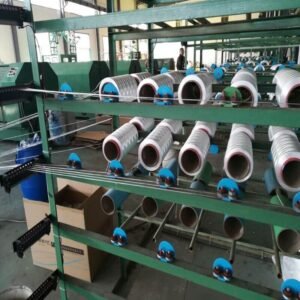
Torsion et formage
Les fibres sélectionnées sont torsadées pour former des fils, qui sont à leur tour torsadés pour former des brins. Ces brins torsadés forment ensuite une structure semblable à une corde.
Processus 3
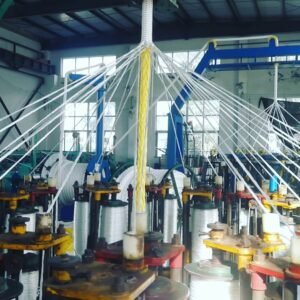
Pose et tressage
La corde formée est placée dans une machine à tresser, qui tresse la corde ensemble en utilisant des techniques et des motifs spécialisés pour augmenter encore la résistance et la durabilité.
Processus 4
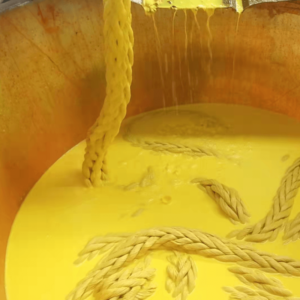
Revêtement
Un revêtement protecteur personnalisé composé de matériaux de haute qualité, tels que le PVC ou le polyuréthane, est appliqué pour améliorer la durabilité de la corde et sa résistance à l'abrasion, à l'eau et aux rayons UV.
Processus 5
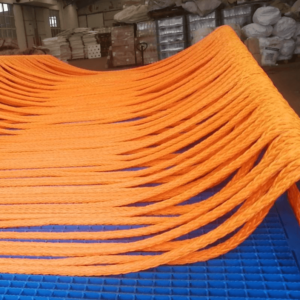
Traitement thermique et séchage
La corde tressée subit un traitement thermique spécifique pour fixer les tresses et en augmenter la résistance. Elle est ensuite séchée pour éliminer toute trace d'humidité.
Processus 6
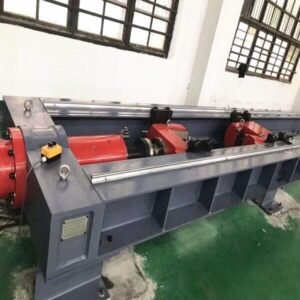
essai
Chaque corde de récupération Duracordix est rigoureusement testée pour garantir sa conformité à nos normes élevées de résistance et d'élasticité. Toute corde qui échoue à nos tests est mise au rebut.
- Axé sur la qualité
. CONTRÔLE DE QUALITÉ
Découvrez comment nous garantissons une excellence inégalée dans chaque corde en fibre
1. Matières premières
Nos cordes synthétiques sont fabriquées uniquement à partir de matières premières répondant à nos normes de qualité strictes. Nous collaborons avec des fournisseurs de confiance pour garantir une qualité constante et des performances optimales pour tous nos produits.
2. En interne
En interne, nous produisons nos cordes synthétiques et maîtrisons parfaitement la qualité tout au long du processus de fabrication. Cela nous permet de respecter nos normes élevées et de fournir des produits fiables à nos clients.
3. Essais et inspections
Nos processus rigoureux de tests et d'inspection couvrent toutes les étapes de la production, des matières premières aux produits finis. Cela garantit la qualité et la sécurité constantes de nos cordes synthétiques.
4. Fabrication automatisée
Nous intégrons des machines et technologies automatisées pour garantir la précision et la régularité de notre production de cordes synthétiques. Cela réduit les erreurs humaines et garantit que tous nos produits répondent à nos normes de qualité strictes.
5. Personnel qualifié
Notre personnel hautement qualifié suit des formations continues pour rester à la pointe des dernières techniques de production de cordes synthétiques. Cela nous permet de maintenir un niveau de qualité et de performance optimal.
facile et clair
Maximiser la satisfaction client avec un achat facile, minimiser les coûts de communication et de temps.
Étape 1 : Confirmation de la solution (3 à 5 jours)
Nous discuterons d'abord de vos besoins et vous recommanderons la solution de corde la plus adaptée. Notre expertise et notre expérience vous garantiront le meilleur produit possible.

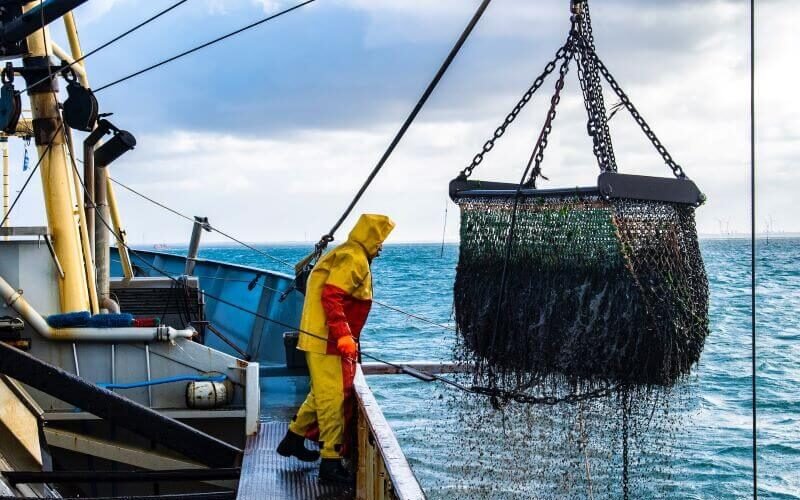
Étape 2 : Évaluation de l’échantillon (7 à 14 jours)
Pour garantir votre satisfaction, nous proposons des évaluations d'échantillons. Testez nos produits avant de commander pour vous assurer qu'ils répondent à vos besoins.
Étape 3 : Confirmation de la commande (sous 3 jours)
Une fois l'évaluation de l'échantillon terminée, confirmez votre commande. Nous vous fournirons toutes les informations nécessaires, notamment le prix, les délais de livraison et bien plus encore, pour que vous puissiez acheter en toute confiance.

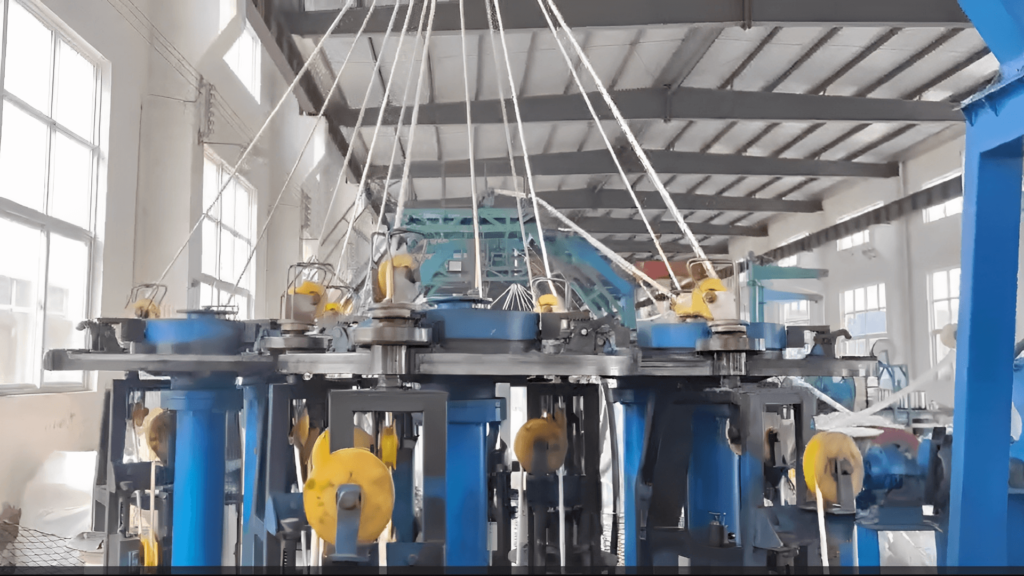
Étape 4 : Fabrication en vrac (30 à 45 jours)
Nous proposons des options de fabrication en gros volume pour les commandes plus importantes. Nos techniques de production avancées et nos matériaux de haute qualité garantissent la régularité et la fiabilité de toutes les commandes.
Étape 5 : Livraison (30-45 jours)
Nous savons que c'est opportun livraison C'est important pour nous, c'est pourquoi nous vous tiendrons informé(e) de l'avancement de votre livraison et vous fournirons un numéro de suivi. Votre commande arrivera dans les délais convenus.

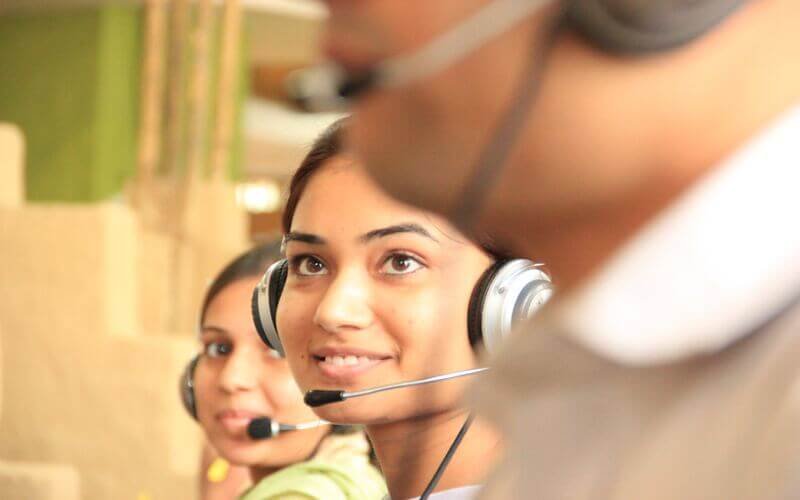
Étape 6 : Service après-vente
Notre service ne s'arrête pas après la livraison de votre commande. Si vous avez des questions ou des préoccupations, notre équipe est toujours disponible pour vous aider. Nous nous engageons à vous offrir un excellent service client et à garantir votre satisfaction.
- Achat sans douleur
POURQUOI CHOISIR
CORDE DE PÊCHE DURACORDIX
- Durabilité : Avec 80% plus de résistance aux UV, à l'abrasion et aux produits chimiques, nos cordes de pêche UHMWPE promettent une durée de vie prolongée et des économies de coûts 25%.
- Résistance des nœuds : même lorsqu'elles sont mouillées, nos cordes conservent une résistance aux nœuds de 90%, surpassant ainsi celles qui s'affaiblissent, garantissant des performances constantes.
- Léger : Utilisant des fibres UHMWPE, nos cordes sont 70% plus légères, facilitant la manipulation et réduisant la fatigue lors de sessions de pêche prolongées.
- Flottantes : Nos cordes UHMWPE flottent naturellement, améliorant la visibilité grâce au 60% et minimisant les enchevêtrements par rapport aux alternatives coulantes.
- Friction réduite : la surface lisse de la corde offre une diminution de la friction, limitant l'usure de la corde et du matériel de pêche.
- Rentable : Bien que les coûts initiaux puissent être plus élevés, la longévité de la corde garantit une réduction des coûts du 30% tout au long de sa durée de vie.
FAQ
Questions fréquemment posées répondant aux préoccupations et aux points faibles des clients
Qu'est-ce qu'une corde de pêche ?
La corde de pêche est un type de corde solide et durable utilisé dans la pêche. Elle est généralement fabriquée à partir de matériaux très résistants, comme le nylon ou le polypropylène, et est disponible en différentes épaisseurs et couleurs.
Pourquoi l’UHMWPE devient-il populaire pour les cordes de pêche ?
Les cordes en UHMWPE sont plébiscitées pour leur légèreté, leur incroyable résistance à la traction, leur résistance à l'abrasion et leur flottabilité. Ces propriétés les rendent efficaces et durables pour les applications de pêche.
Quels matériaux sont couramment utilisés pour les cordes de pêche ?
Les matériaux populaires incluent le nylon pour son extensibilité, le polyéthylène pour sa légèreté, l'UHMWPE pour sa résistance exceptionnelle à l'abrasion et à la corrosion, et le polypropylène car il flotte et résiste à la pourriture.
L’utilisation de filets de pêche présente-t-elle des risques environnementaux ?
Absolument. Les filets de pêche abandonnés ou perdus, appelés « filets fantômes », peuvent piéger et tuer la vie marine, causant ainsi des dommages environnementaux et écologiques.
Quel est le but principal des filets de pêche ?
Les filets de pêche sont conçus pour capturer et contenir efficacement des poissons en plus grande quantité que les lignes individuelles. Leur conception et leur maillage s'adaptent aux besoins spécifiques de la pêche et aux types de poissons.
À quelle fréquence faut-il remplacer les cordes de pêche ?
La durée de vie des cordes de pêche dépend de la fréquence d'utilisation et de l'exposition aux éléments. Cependant, des inspections régulières pour détecter tout signe d'effilochage, d'usure ou de dommage peuvent orienter les décisions de remplacement.
Quelle est la différence entre les cordes de pêche tressées et torsadées ?
Les cordes tressées sont constituées de brins entrelacés, ce qui leur confère souplesse et flexibilité, les rendant moins sujettes à l'effilochage. Les cordes torsadées, quant à elles, sont fabriquées en enroulant plusieurs brins, offrant une meilleure adhérence, mais pouvant se détordre avec le temps.
Quels sont les avantages des cordes de pêche en nylon ?
Le nylon est apprécié pour son élasticité, son absorption des chocs et sa résistance à l'abrasion. Cette extensibilité permet d'éviter les retours brusques lors des moments de forte tension, comme la pêche aux gros poissons.
Pourquoi un bon entretien du filet est-il crucial ?
Un entretien régulier, comprenant nettoyage et réparation, assure le bon fonctionnement des filets. Un entretien approprié prolonge leur durée de vie et garantit des prises régulières et efficaces au fil du temps.
Quelle est la meilleure méthode pour ranger les cordes de pêche ?
Pour bien ranger les cordes de pêche, commencez par les débarrasser du sel et des débris. Enroulez-les sans serrer pour éviter les nœuds et rangez-les dans un endroit frais et sec, à l'abri du soleil. Les rayons UV peuvent fragiliser les cordes. Vérifiez régulièrement l'état d'usure, de moisissure ou de dommages pour garantir leur sécurité et leur longévité.
Quel est l’impact des filets synthétiques sur les écosystèmes marins ?
Les filets synthétiques, s’ils sont jetés de manière irresponsable, peuvent persister dans les environnements marins pendant des années, piégeant et tuant la vie marine, ce qui perturbe les écosystèmes et constitue une menace pour la biodiversité.
Comment fonctionnent les filets dérivants ?
Les filets dérivants, placés verticalement dans l'eau, servent de murs et piègent les poissons qui s'y aventurent. Ces filets, qui couvrent souvent de vastes zones, capturent principalement les poissons par leurs branchies, provoquant ainsi leur emmêlement, garantissant ainsi aux pêcheurs une pêche fructueuse sans poursuite active.
Les cordes plus lourdes sont-elles meilleures pour la pêche en haute mer ?
Le poids n'est pas le seul facteur déterminant. Si les cordes lourdes peuvent résister aux courants marins profonds, les cordes légères en UHMWPE peuvent être tout aussi efficaces grâce à leur solidité et leur résistance intrinsèques aux conditions sous-marines.
Comment les cordes et les filets de pêche sont-ils nettoyés ?
Il est conseillé de les nettoyer à l'eau douce et avec des détergents doux, puis de les sécher soigneusement. Cela prévient la moisissure et la pourriture, et préserve l'intégrité du matériau.
Que sont les funes de chalut en pêche ?
Les funes de chalut sont des cordages spécialisés utilisés dans les opérations de chalutage. Elles constituent un lien essentiel entre le chalut et le navire de pêche, permettant un remorquage et une manœuvre efficaces du filet lors de la capture des poissons durant son parcours aquatique.
Comment se comparent les cordes de pêche synthétiques et naturelles ?
Les cordes de pêche synthétiques, souvent fabriquées à partir de matériaux comme le nylon ou l'UHMWPE, offrent une durabilité et une résistance aux conditions marines supérieures à celles des fibres naturelles. Elles résistent à la pourriture, conservent une résistance constante et surpassent généralement les cordes naturelles en milieu humide.
Pourquoi le code couleur est-il utilisé dans les filets de pêche ?
Le codage couleur des filets de pêche permet aux pêcheurs de distinguer rapidement les types de filets, les tailles de mailles et les utilisations spécifiques. Ce système simplifie les opérations, minimise les risques d'erreurs et garantit l'utilisation de filets adaptés aux prises ciblées.
Comment les différentes tailles de mailles influencent-elles le type de capture dans les filets de pêche ?
La taille des mailles influence directement la taille et l'espèce des poissons capturés. Des mailles plus grandes ciblent les poissons de plus grande taille, empêchant ainsi la capture de juvéniles, favorisant ainsi des pratiques de pêche durables.
Pourquoi les cordes flottantes sont-elles essentielles pour certaines applications de pêche ?
Les cordes flottantes sont essentielles pour les méthodes de pêche de surface comme la senne coulissante. Leur flottabilité assure le maintien des filets à la profondeur souhaitée, optimisant ainsi l'efficacité des prises et évitant les accrocs au fond.


